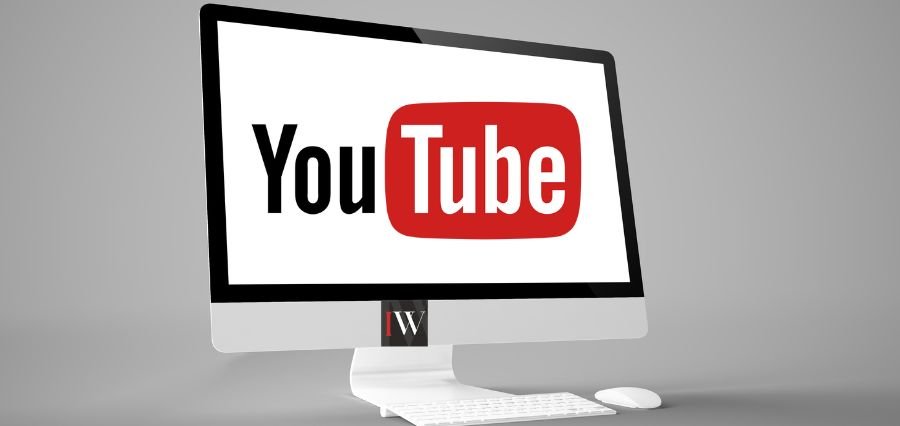Prime Highlights
- YouTube revises its monetisation policy to omit low-quality, duplicated, and redundant AI-made videos.
- Original and added-value material will be the only condition under the YouTube Partner Program from July 15, 2025.
Key Facts
- Material has to meet an originality test beyond the 4,000 watch hours and 1,000 subscribers threshold.
- Content that is reused and incorporates no material change shall not be monetized.
Key Background
YouTube will be having a significant change to its monetization policy from July 15, 2025, in an trouble to promote original content creation and put an end to low- quality, copied uploads. According to new YouTube Partner Program( YPP) guidelines, the platform will be suspending monetization through announcement profit for channels that upload repetitious or recycled content — whether or not they meet the dereliction thresholds of 1,000 subscribers and 4,000 watch hours or 10 million Films views.
This step is aimed at such videos that contribute little or nothing new. Mass-produced material created via templates, AI-generated but not heavily edited, or copied with slight alterations will be tagged as ineligible. These types of videos have already watered down the experience of the audience, and YouTube is trying to raise the quality benchmark of the platform.
“Repetitious content” refers to files with a highly regular pattern with little variation, and the content cannot be separated. “Reused content” refers to reuploads or compilations of other writers’ work for no commentary, educational purposes, or original contribution. It’s not a strict prohibition on AI software, but YouTube’s action aims to dissuade low-effort automation to replicate content for views without contributing anything.
Content producers are now being pushed to provide more substance to their storytelling, new images, reflective quotes, or informative content. The new strategy attempts to segregate authentic content producers from users who only rely on algorithmic tricks or mass production strategies.
YouTube underscores that it is not aiming to suppress creativity but to make profit-driven content on its site both engaging and worth watching to the viewers. This move is part of a larger online trend for authenticity instead of sheer volume. Channels which do not comply with the new standards will have their monetization turned off until they adjust their content approach to comply with the standard of originality. This policy shift is a new standard for global digital content producers.







